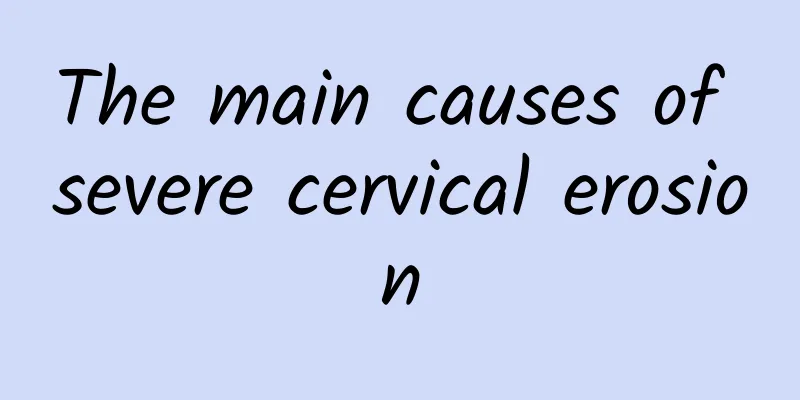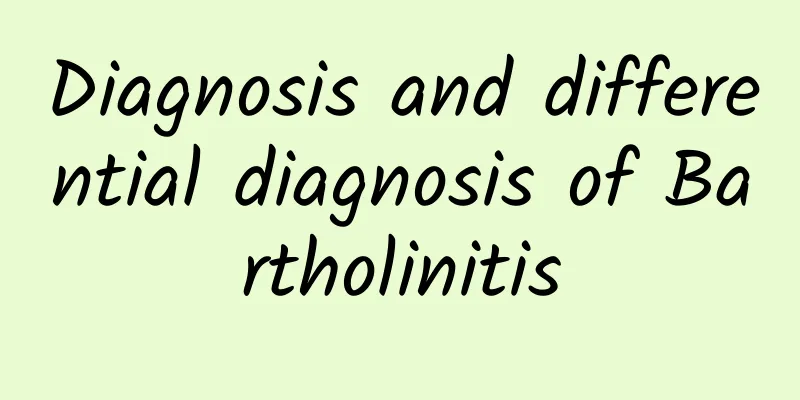What is adnexitis?

|
Adnexitis may cause symptoms such as lower abdominal pain, increased vaginal discharge, irregular menstruation, and fever. In severe cases, it may be accompanied by lumbar pain or infertility. Therefore, once these symptoms appear, you need to see a doctor as soon as possible to get a clear diagnosis and receive targeted treatment. Adnexitis is mainly caused by inflammation of the fallopian tubes, ovaries and other accessory parts of women due to infection by pathogens. In acute adnexitis, the symptoms may be more obvious, including persistent or paroxysmal pain in the lower abdomen, which may be accompanied by fever and chills. Some people will have gastrointestinal symptoms such as nausea and vomiting. Chronic adnexitis is more likely to cause dull pelvic pain, back pain, etc., or worsening symptoms before and after menstruation, accompanied by abnormal increase in leucorrhea or lower abdominal distension. Severe symptoms may affect the reproductive system, leading to the risk of infertility and even ectopic pregnancy. Early identification of disease manifestations is crucial. Adnexitis is mainly caused by inflammation of the fallopian tubes, ovaries and other accessory parts of women due to infection by pathogens. In acute adnexitis, the symptoms may be more obvious, including persistent or paroxysmal pain in the lower abdomen, which may be accompanied by fever and chills. Some people will have gastrointestinal symptoms such as nausea and vomiting. Chronic adnexitis is more likely to cause dull pelvic pain, back pain, etc., or worsening symptoms before and after menstruation, accompanied by abnormal increase in leucorrhea or lower abdominal distension. Severe symptoms may affect the reproductive system, leading to the risk of infertility and even ectopic pregnancy. Early identification of disease manifestations is crucial. To prevent and relieve adnexitis, you should pay attention to personal hygiene, especially to avoid infection during menstruation, postpartum and postoperative periods, and avoid excessive fatigue and eating raw and cold food to improve your immunity. Once diagnosed, inflammation can be treated with medication (such as cephalosporin antibiotics, metronidazole, etc.), physical therapy (such as infrared therapy, ultrashort wave therapy) and surgical drainage. In your daily diet, it is recommended to eat more fruits and vegetables rich in vitamin C, and consume a moderate amount of high-quality protein foods such as eggs and warming ingredients such as red dates to enhance the body's recovery ability. If the symptoms do not improve or worsen, you should return for another visit and follow the doctor's instructions for the next step. |
<<: What to check for cervicitis screening
>>: Symptoms of chronic right adnexitis
Recommend
What is the cure rate of vulvar itching?
Many female friends have been troubled by vulvar ...
Low temperature is reporting, and the cardiovascular system is sounding the alarm! Doctor: 5 tips to prevent myocardial infarction and stroke
Low temperature special report, high-risk groups ...
How much does it cost to treat pelvic effusion?
The key to treatment is early stage. Some patient...
How to Eat Chicken Breast to Lose Weight and Get a Slim Body
[Key Points]: Losing weight is a must for every w...
It is important to know how to prevent cervical erosion
Cervical erosion is a common cervical disease. We...
How to take abortion pills?
When taking abortion pills, you must fast for two...
What are the early symptoms of cervical inflammation in women? 4 early symptoms of cervical inflammation in women
I don’t know how much we all know about the early...
Accurately and clearly analyze the symptoms of vaginitis
Vaginitis is a common disease. The common symptom...
What causes drooling in the elderly?
Drooling in the elderly may be caused by improper...
What to eat to regulate less menstrual flow
Women with scanty menstrual flow can regulate the...
What are the harmful manifestations of abortion?
Female friends all know that abortion is a surger...
Is second-degree cervical erosion serious? Why does second-degree cervical erosion in women not require treatment?
Is second-degree cervical erosion serious? Cervic...
Losing weight also depends on your personality. Which of the five types of weight loss personalities are you?
If you copy someone else's weight loss method...
Don’t throw away the soybean dregs after drinking soy milk! 3 soybean dregs dishes to increase satiety and reduce edema
Soy milk is a very good health drink, so more and...
What are the symptoms of uterine fibroids? 10 symptoms of uterine fibroids
What are the symptoms of uterine fibroids? 10 sym...









